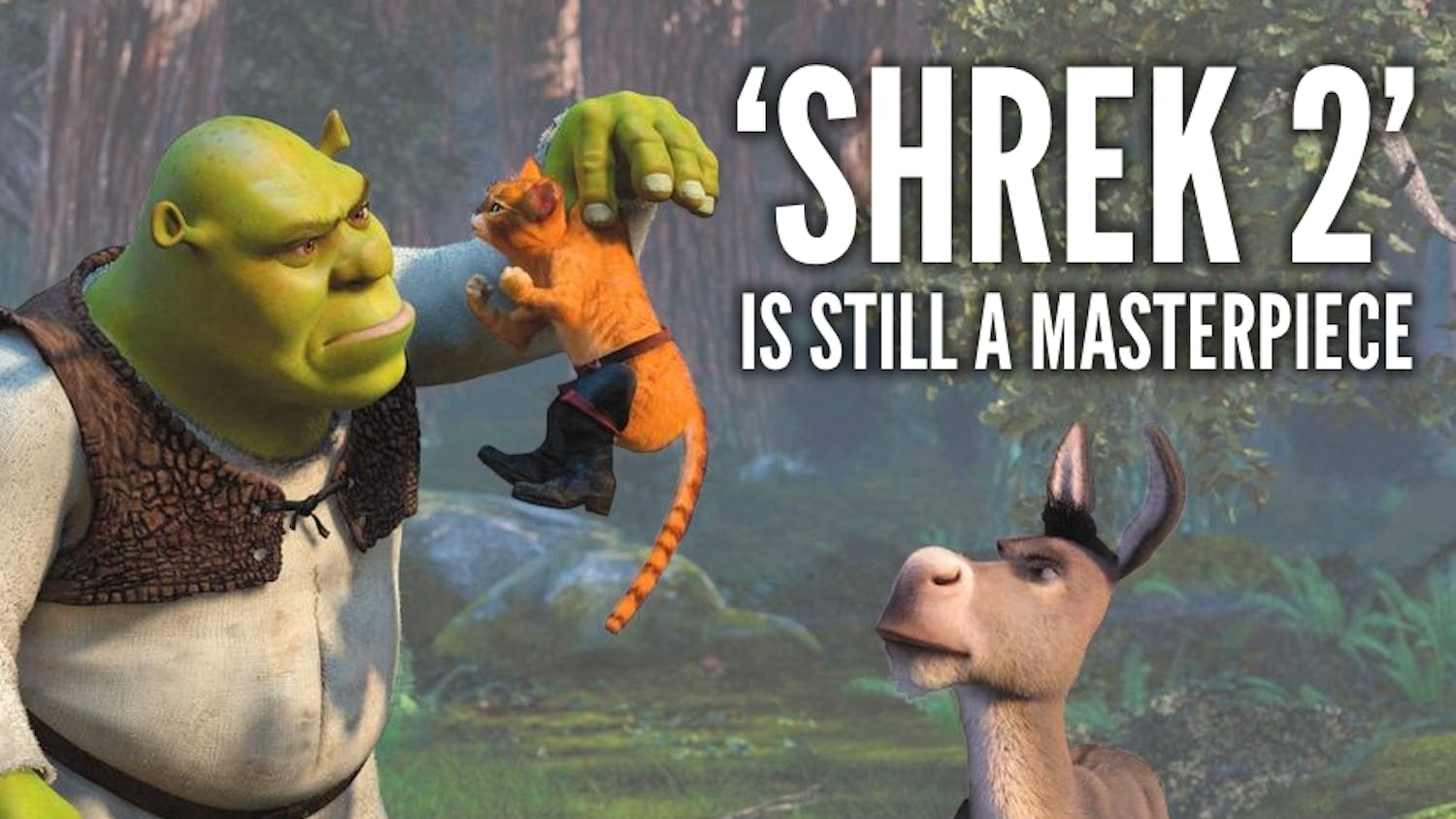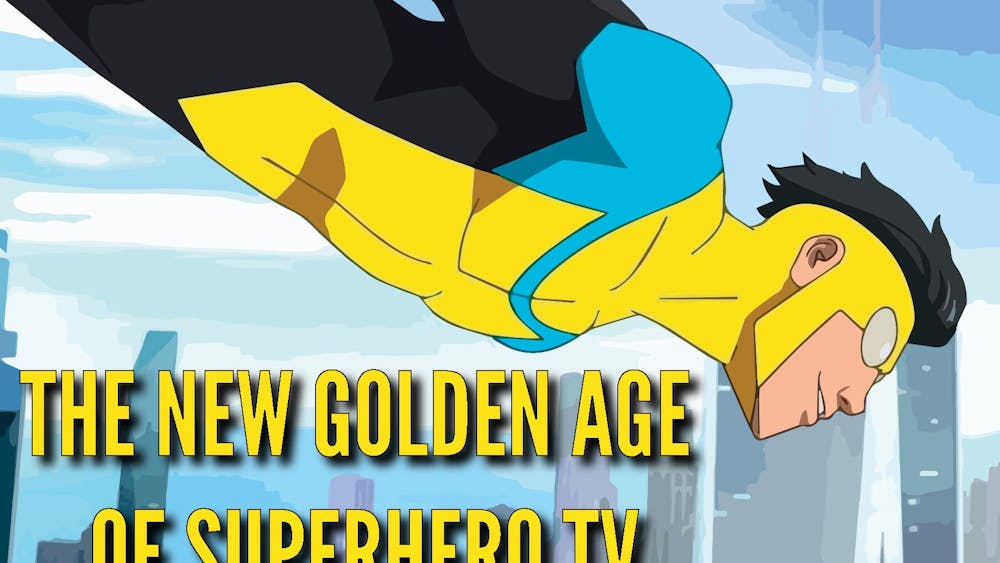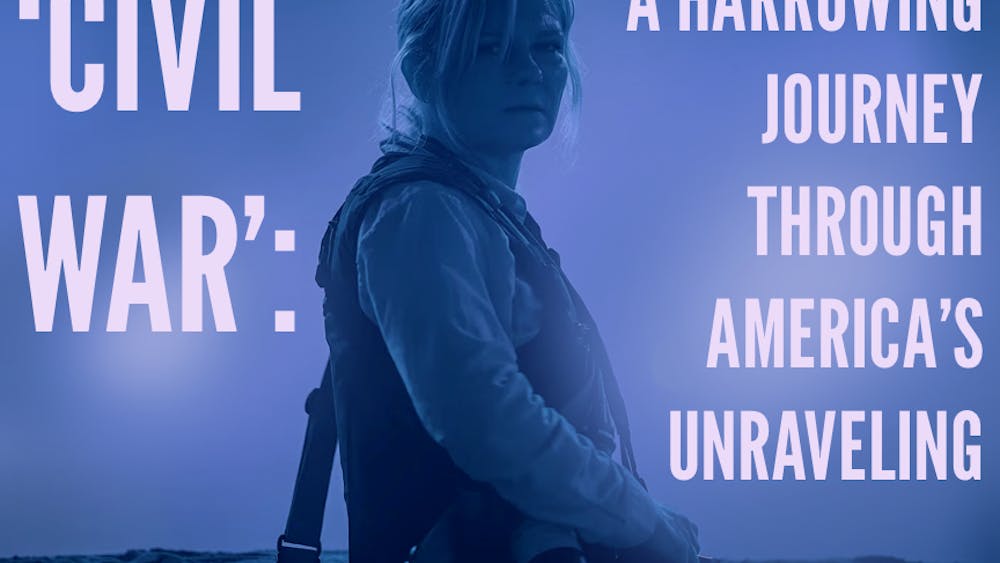
As websites like Etsy and Redbubble have emerged as places to sell artwork, they have also brought up questions about the role that merchandise and — more specifically — “bootleg” merchandise plays in the music industry. It is worth mentioning off the bat the different types of bootleg merch. There is bootleg merch where the distributor illegally reproduces designs that the artist and people working with the artist made, as well as the more enduring bootleg merch community in which fans break out their embroidery hoops, tie-dye bottles and design apps to interpret and create tributes to their favorite artists. Merch — both official and fan-made — is a powerful marketing tool.
When asked how one can make a living a musician, Krist Novoselic, bassist for the legendary rock band Nirvana, responded by half-jokingly saying you should join a band and get them to sell your t-shirts at Macy’s. With a band like Nirvana, it’s hard to ignore the success they have seen through their merchandising and T-shirts becoming a staple in many people’s wardrobes. New listeners see the artwork — ranging from just the typeface band name to the crazy smiley face or the naked “In Utero” woman — and look into the band. In some ways, the iconography of the band has become more significant than the band. In the same interview, Novoselic mentions going to a math class as an adult and seeing a young kid wearing a Nirvana shirt. When Novoselic complimented the shirt, he received no recognition in response.
Nirvana emerged from the do-it-yourself punk scene, and while Novoselic’s comments reflect the financial benefits of their iconic merch, the band had its own share of bootlegs made during its prime — and even now. Especially after the digital revolution and in the midst COVID-19 times, purchasing merch directly from the artist is important, but that doesn’t mean we should stop making bootlegs.
The Grateful Dead are titans in the bootleg merch industry and used it to build community. Their lack of official merchandising in the beginning gave way to fans desperately coming up with ways to identify themselves as Deadheads in public. They didn’t release merch at the beginning, feeding the demand for bootlegs among their friends. The money they might have lost in merch sales as a result of bootlegs was made back with recent team ups with companies like Nike and Ben and Jerry’s. Creators like Ezra Koenig of Vampire Weekend have also followed their lead, offering official merch but embracing and encouraging the creativity of their fans — in the process getting free advertising and a strong sense of community as artists share their latest creations online. Even John Mayer, of Dead & Company, has embraced the Grateful Dead bootleg universe. Social media has fed into the bootleg industry as online shops and creators’ accounts on Instagram and Facebook, as well as newsletters for the latest buys pop up across the internet, highlighting the sense of community and exclusivity that comes with having a handmade piece. However, the philosophical question still remains: when is it OK to bootleg merch?
It comes down to intent. Repping your favorite band on a T-shirt or other piece of clothing is a rite of passage, and with the rise of democratized access to art through straight to artist sales, this has come to include unofficial merch. At the heart of bootlegging is the heart of music: connection. Creating bootleg merch simply means the artist connected with someone enough that they dedicate their time and talent to making sure people know that they love them. So grab your embroidery hoops, screen printing ink, fabric markers and Photoshop tools, and make something awesome — even if it kind of sucks — to honor your favorite artist. At the end, you’ll get it. It’s not about the money, it's about the community and the connection with the artist that is created by wearing it.













